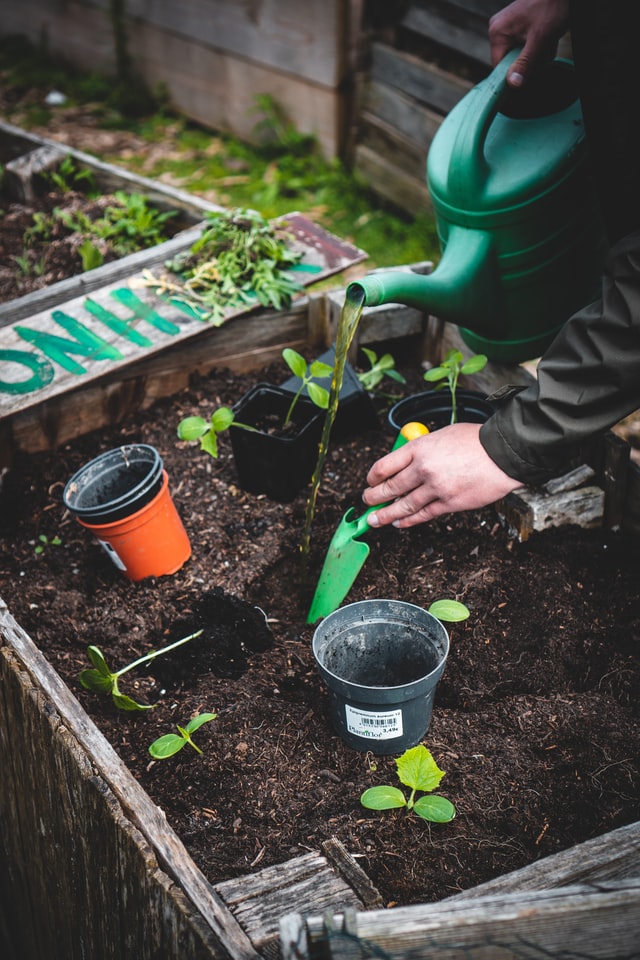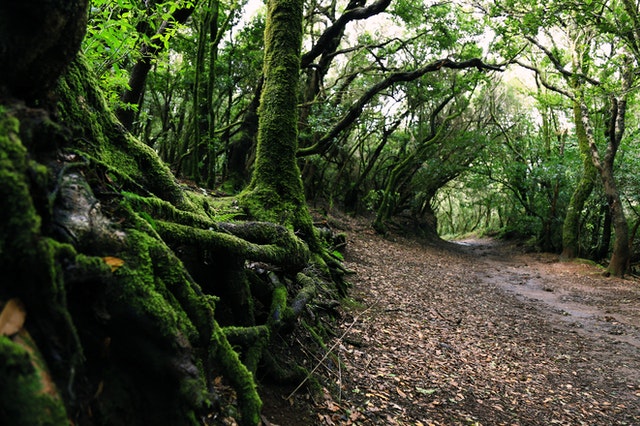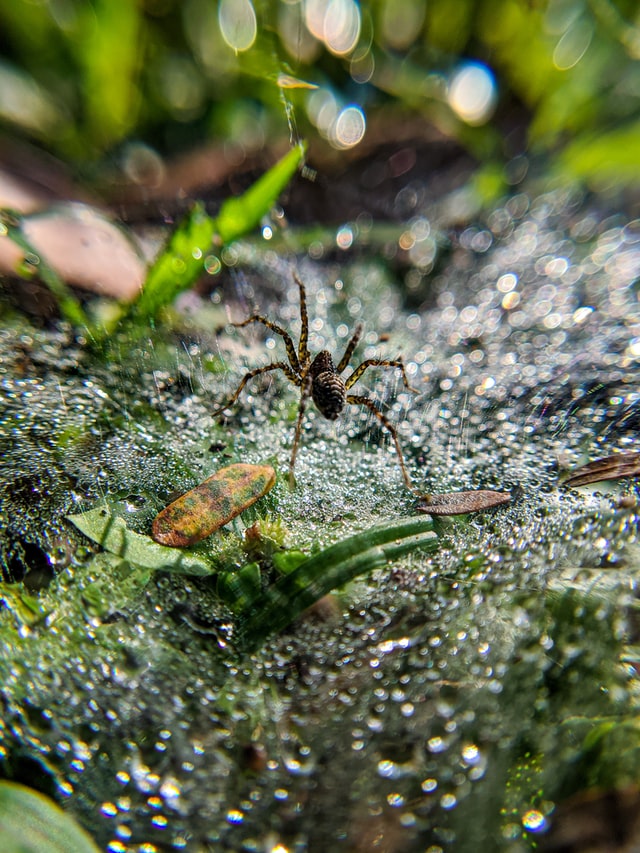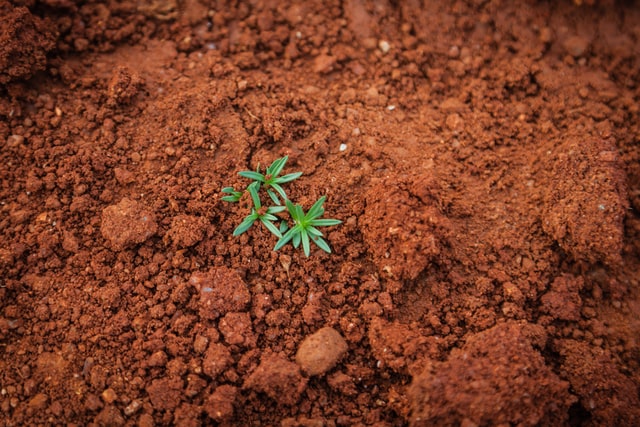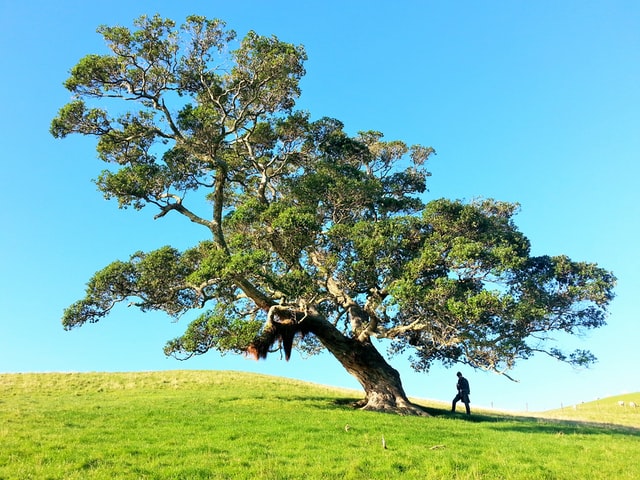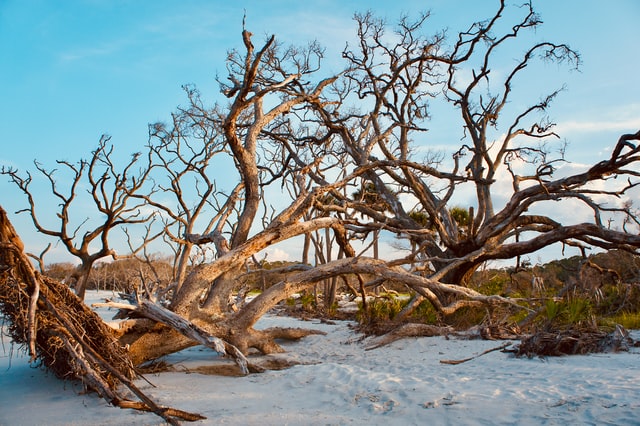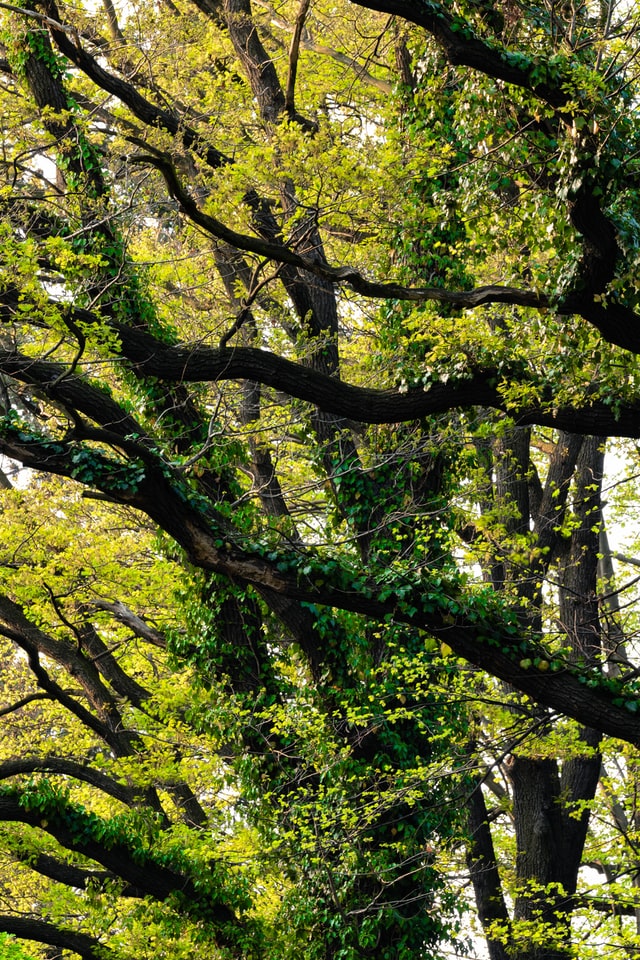In many parts of the country, the soil temperatures are sufficient to allow trees to become partially established before winter. As a result, many of the trees you would buy at a nursery or other outlets are suitable for planting in the fall.
By using the fall to plant our trees, we can extend the time available to plant trees in your home landscape. By using the fall, we can get trees in the ground and starting to become established before winter sets in. Unless your soil is frozen solid, you should be able to plant your trees as long as you can dig with a spade. It’s acceptable to plant your trees in the fall.
So, in many parts of the country, it will be a great time to plant trees and let the roots become established. That will set them up for a productive. Next spring and summer, and you may not have to water nearly as much for those trees. By planting trees in the fall, we can reduce the stress on the tree because of the cooler temperatures.
If you receive bare-root trees from the nursery, the best situation is to plant those trees immediately in their final location wherever you’ve decided to produce them. But if you can’t do that, we would recommend you heal those trees.
We’ve got some good healing instructions at Swell Emergency Tree Removal Service. And you can use those methods to hang on to those trees before your final planting location has been determined.
Your last option would be to pot those trees, and we discourage this, but it may be your only option. You want to make sure that you protect those newly potted trees through either the winter months or through the summer months and give them adequate moisture and protection.
